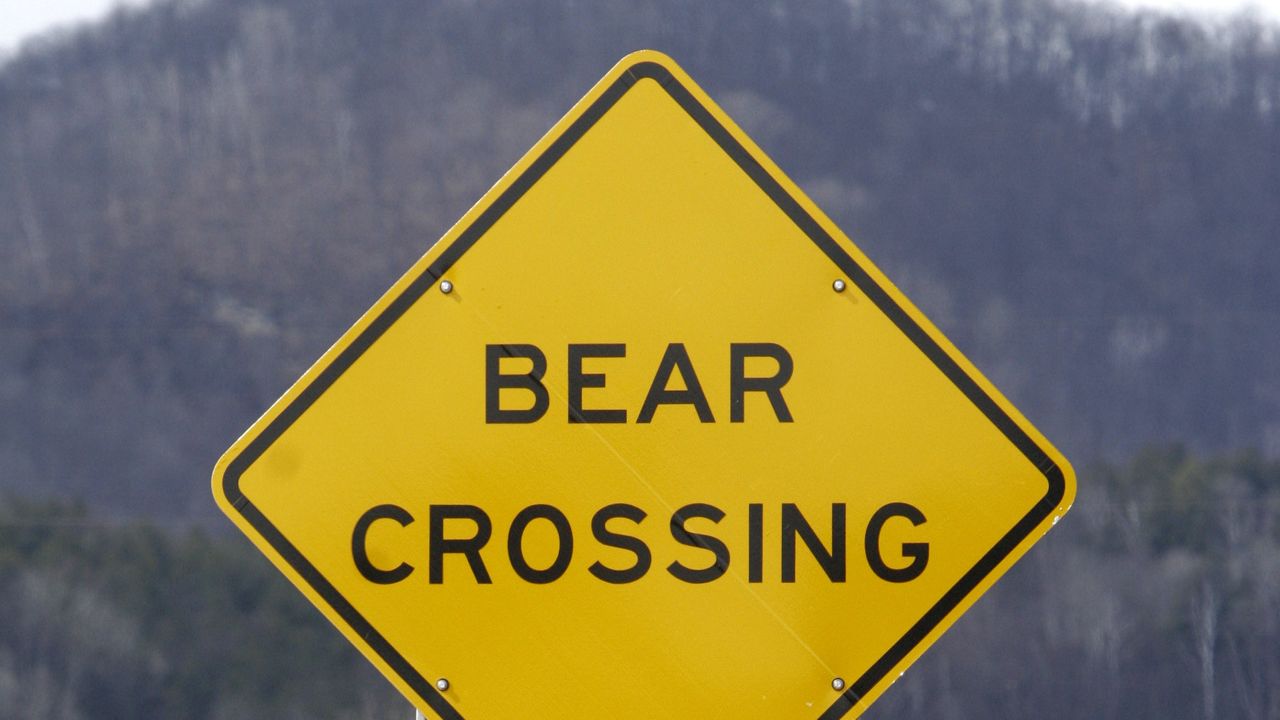Infra
FAA Issues More Flight Restrictions Covering New York ‘Critical Infrastructure’

As thousands of reports of unusual drone sightings stream in from the U.S. Northeast, the FAA is restricting drone flights over “critical infrastructure” sites.
The agency on Wednesday issued temporary flight restrictions (TFRs) over 22 utility sites in New Jersey, and on Friday new TFRs were added for New York.
According to a statement from New York Governor Kathy Hochul, the restrictions—which cover 30 power and electric utility plants concentrated around New York City—were implemented following conversations with U.S. Homeland Security Secretary Alejandro Mayorkas, who coordinated with federal officials.
Hochul called the move “purely precautionary.” Earlier this week, the state received what the governor described as a “state-of-the-art drone detection system” from the government.
“While we have not detected any public safety or national security threats, we will continue aggressively monitoring the situation as we call on Congress to pass legislation to give states and local law enforcement the authority and resources they need to manage this evolving technology,” Hochul said.
The drone sightings date back to mid-November, and the FAA within days of receiving initial reports created TFRs around Picatinny Arsenal Military Base and President-elect Donald Trump’s golf course in New Jersey, which remain in place.
Federal investigators have repeatedly assured the public that the alleged drones pose no safety threat. This week, the FAA, FBI, Department of Homeland Security (DHS), and Department of Defense (DOD) said the vast majority of sightings are “cases of mistaken identity,” believing most to be crewed aircraft, helicopters, lawfully operating drones, or even stars. Officials did confirm that a “limited number” of drones have been spotted flying in restricted airspace over military bases but said such incidents are not uncommon.
State and local lawmakers have been unsatisfied with what they perceive as a lack of transparency into federal authorities’ findings. Some have even called to shoot down the drones. The situation has created a potential safety concern, with the FAA reporting a spike in laser reports from pilots flying in New Jersey, New York, and Pennsylvania airspace. The agency can fine violators up to $11,000 per laser incident.
Drone operators already face limitations on where they can fly—the FAA uses the term “No Drone Zone” to denote those locations, which include restricted airspace such as around airports. Some pilots can fly in certain No Drone Zones with FAA authorization, while others are entirely off limits. Violators face fines up to $75,000.
The TFRs recently added in New Jersey and New York prohibit drones—not crewed aircraft—flying at low altitude, with exceptions for commercial or national security operations. They are small, covering a radius of 1 nm. According to notices to airmen (NOTAMs), the restrictions are in place for “special security reasons” and classify the airspace as “national defense airspace.”
Pilots who fly within the TFRs could be “intercepted, detained, and interviewed” by law enforcement, the NOTAMs say. The FAA could impose fines and suspend or revoke the pilot’s drone license. The government, meanwhile, could bring criminal charges or use “deadly force” on the drone if it poses an “imminent security threat.”
The 30 flight restrictions in New York extend to January 18, while the 22 TFRs in New Jersey expire the day before. The restriction covering Trump’s New Jersey golf course was extended Wednesday from December to January 31. The FAA is further seeking a “permanent restriction” over Picatinny Arsenal.










